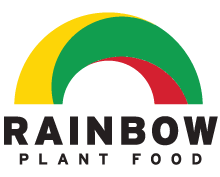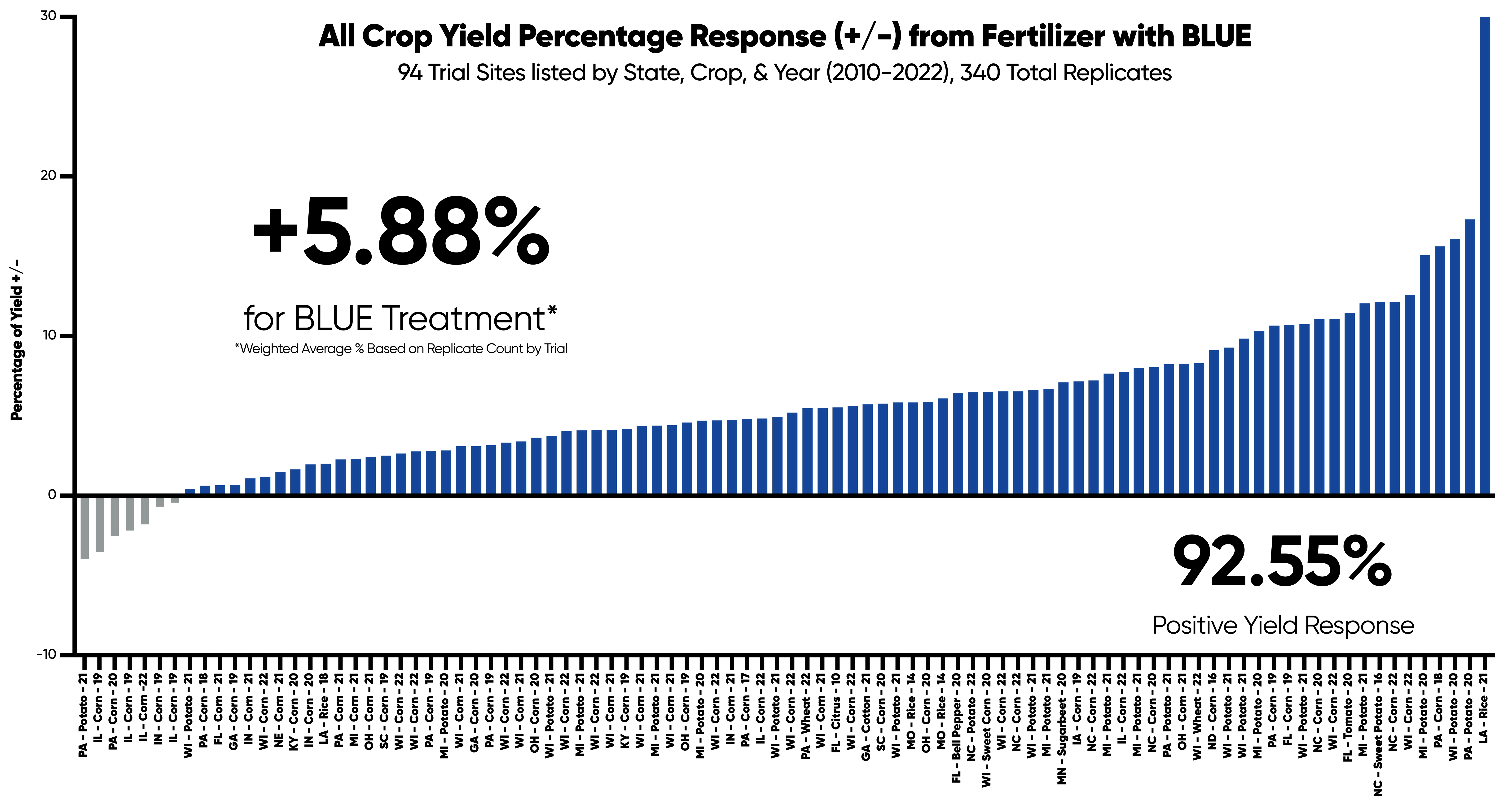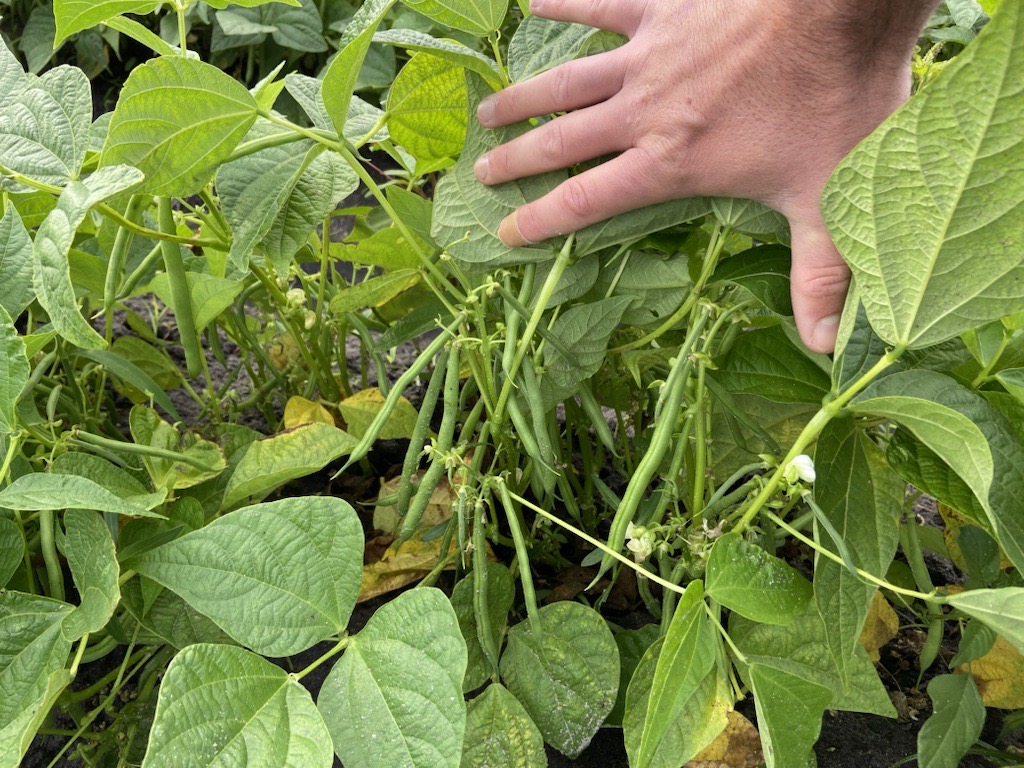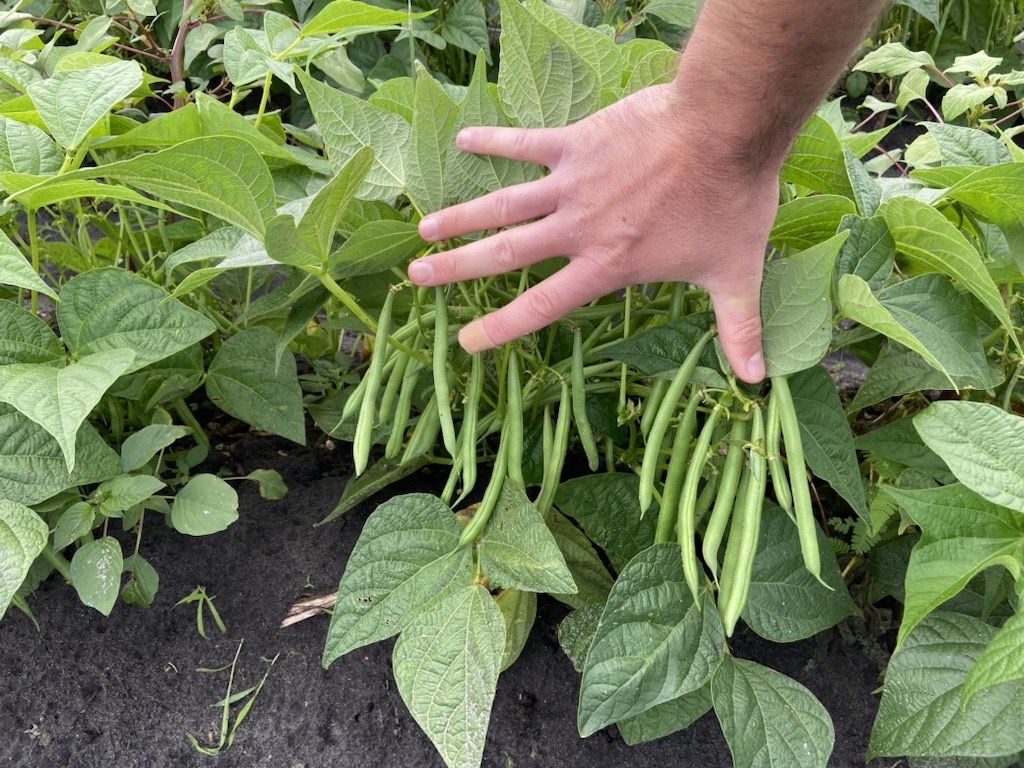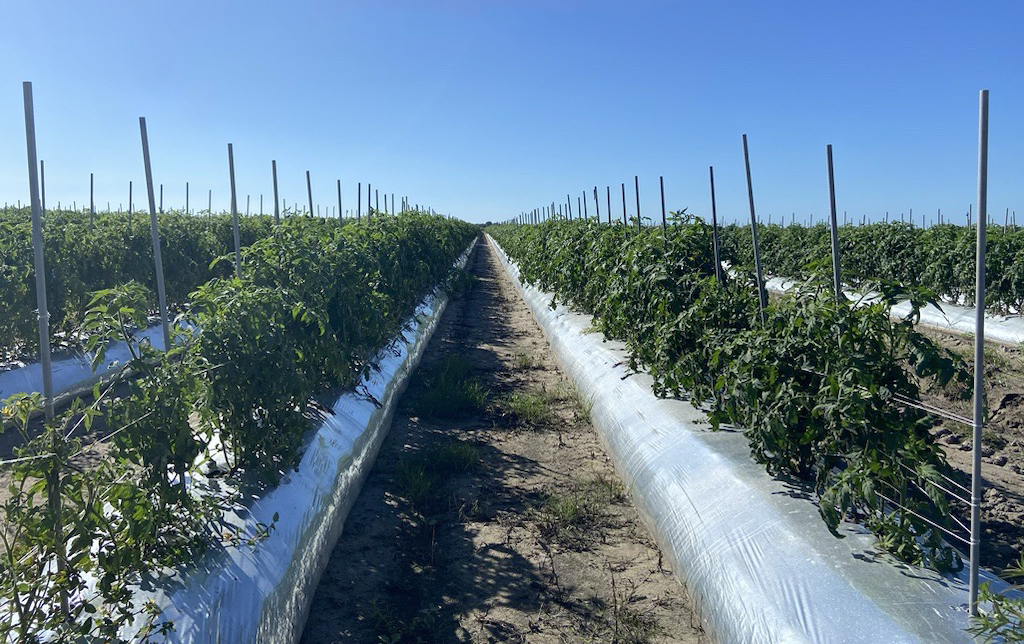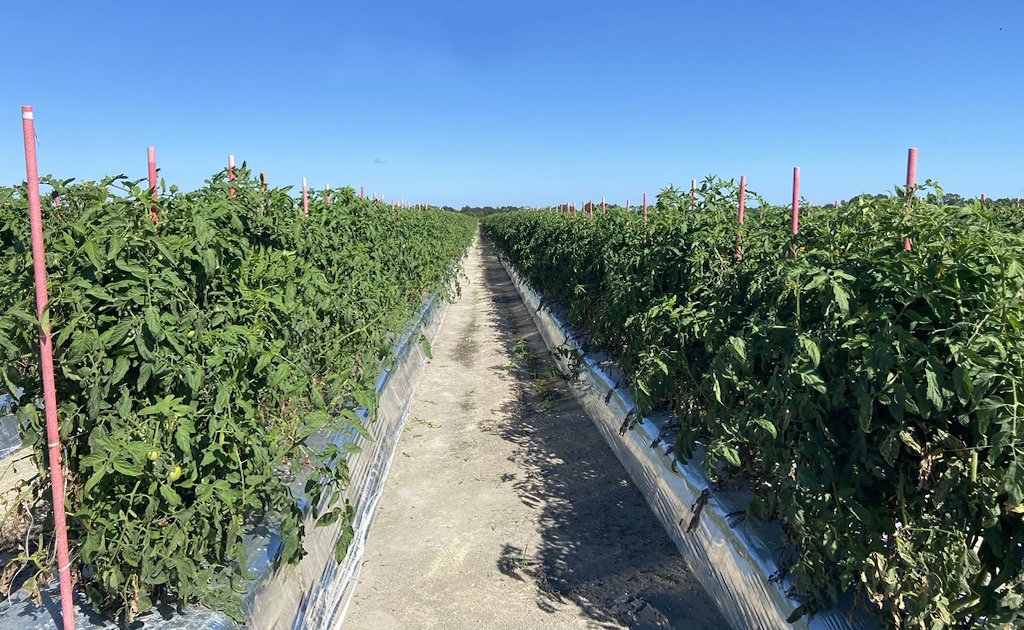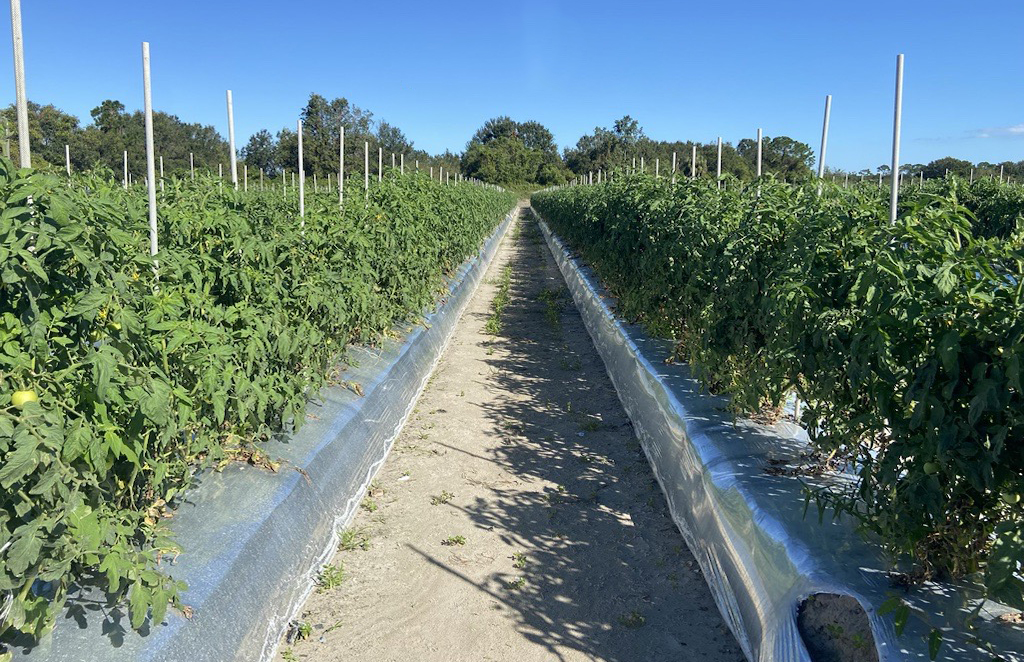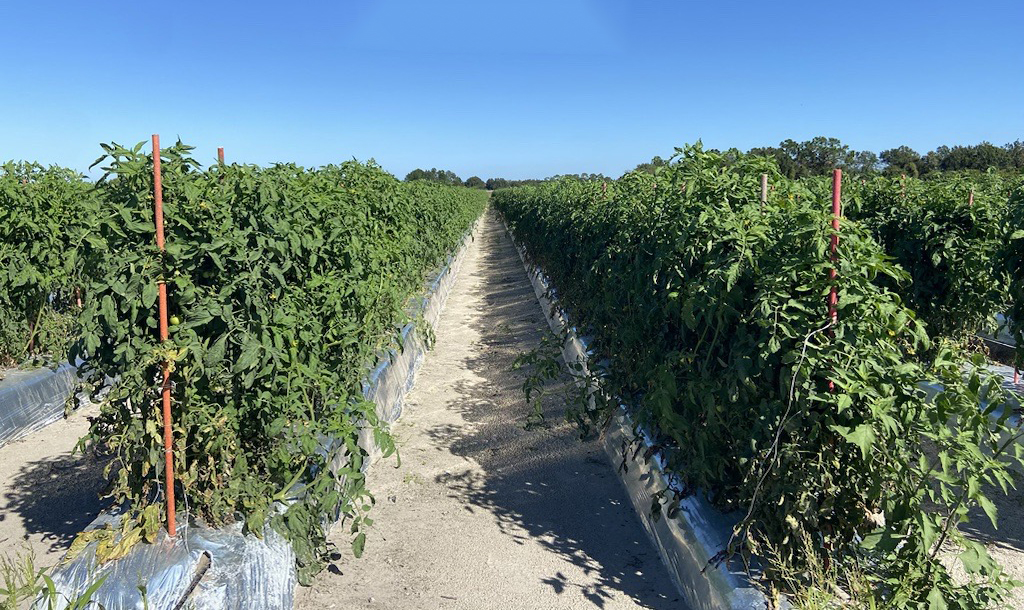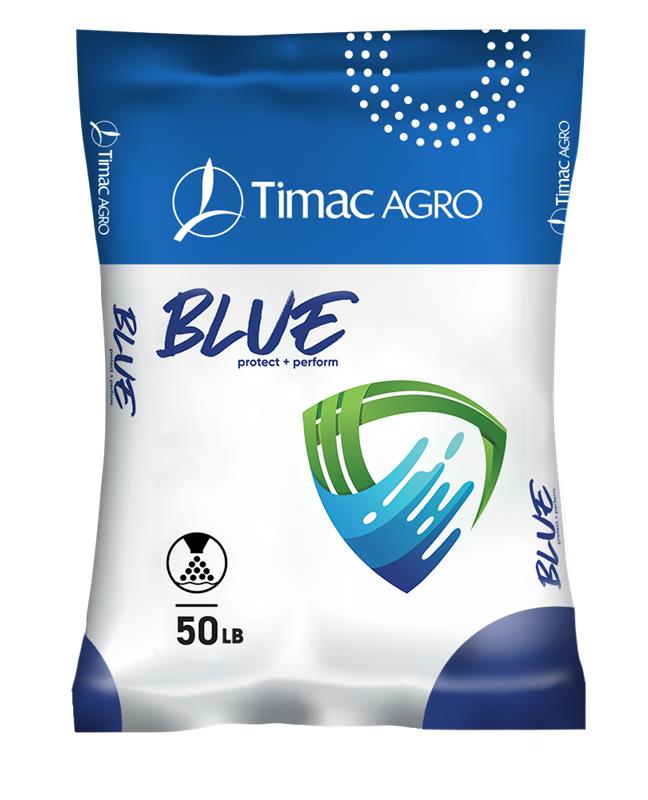
precise
Step 1
Primary, Micro and Macro Nutrients:
Essential nutrients needed for crop growth start in various shapes and sizes.
Step 2
Ammoniated Blending:
Essential nutrients are blended together with targeted grade specifications through an ammoniated process.
Step 3
Homogeneous Granule:
Composed of all essential crop nutrients set to specific grades for top crop performance that
provides even distribution of nutrition to crops.
Ammoniated is better:
Precise amounts of each nutrient - primary and secondary - as well as micronutrients, are chemically compounded to form a homogeneous, granular fertilizer. As a result, each granule contains nearly identical amounts of all the ingredients. Granules are uniform in size, shape, and weight, so the fertilizer spreads evenly. Whether you broadcast or apply it in-row, every plant across the field will have the necessary nutrients available when it's needed most.
Ammoniated is better:
Precise amounts of each nutrient - primary and secondary - as well as micronutrients, are chemically compounded to form a homogeneous, granular fertilizer. As a result, each granule contains nearly identical amounts of all the ingredients. Granules are uniform in size, shape, and weight, so the fertilizer spreads evenly. Whether you broadcast or apply it in-row, every plant across the field will have the necessary nutrients available when it's needed most.
Built with nature's tools.
BLUE features a combination of two natural extracts
protect
BLUE has natural carbon-based extracts proven to:
- reduce phosphorus runoff and tie-up with antagonistic soil nutrients
- improve plant nitrogen uptake and reduce nitrate leaching
- increase potassium availability in heavy clay soils that can "trap" potassium
- improve soil health by feeding beneficial soil micro-organisms

PHOSPHORUS IS IMMOBILE IN THE SOIL.
BLUE has shown the ability to increase microbial population which can help facilitate improved P transport to the roots!
The 16srRNA (bacterial population RNA abundance) and
18srRNA (fungal population RNA abundance)
correspond directly to the populations in the soil.
BLUE treated 18-46-0 increased rhizobacteria and
mycorrhizal fungi populations by 5% and 9%, respectively,
compared to untreated 18-46-0. (CMI, 2020)
Phosphorus Management with BLUE
BLUE maintained soluble
phosphorus in conditions of
aggressive retrograde tie-up
(calcareous soil with pH of 7.9).
Data presented are the
average of 3 soil x fertilizer
replicates. (University of
Navarre, 2014)
Nitrogen Management with BLUE
-
• BLUE works to slow conversion from ammonium to nitrate.
-
• A longer time before nitrogen transformation to nitrate is important because nitrate is susceptible to loss through leaching.
-
• Ammonium's (NH4+) chemical charge can be "stuck" or fixed to soil particles at the soil surface.
-
• BLUE also works to reduce the chances of ammonium being carried away through runoff & rain events.
BLUE fertilizer has customizable grades.
Please contact us (or a Timac Agro Sales Rep) for more information.
perform
BLUE is a Tool to Enhance Fertilizer
On top of having a complete set of nutrients in every granule, BLUE contains natural substances that work to maximize peak performance from the soil to the plant. Studies have shown BLUE's success compared to untreated fertilizer on a wide range of field crops, from corn to potatoes as well as other crops like tomatoes, leafy greens, and peppers. Improving nutrient availability for growing plants helps BLUE's ability to be the most effective and efficient, complete fertilizer granule on the market. The time has never been more critical to make the right decision for our crops and the environment.
Nutrient Uptake with BLUE
Macronutrient and micronutrient composition of pepper plants treated with standard
fertilizer program and fertlizer treated with BLUE. (Garcia Mina, et al, 2004)
Increased Tissue Concentration of
Nitrogen (15.8%), Phosphorus (8.6%), & Potassium (10.4%) at 45 Days After Fertilizer Application
Increased Soil Nutrient Content of
Phosphorus (20.8%) & Potassium (22.2%)
at 45 Days After Fertilizer Application
A collaboration from

